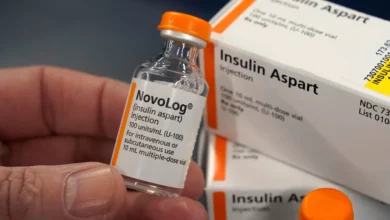
Scottish researchers have pinpointed an enzyme that helps speed up breathing when oxygen levels are low. This could offer new hope for sleep apnea sufferers.
The study, published in the American Journal of Respiratory and Critical Care Medicine, could open up new avenues in the treatment of sleep apnea, a condition that's thought to affect as many as 22 million people in the USA alone.
Sleep apnea leads to involuntary pauses in breathing during sleep. In other words, the sleeping person unconsciously holds their breath for a short moment.
Periods of apnea generally last around 10 seconds each and are caused by muscle relaxation in the tongue and throat. As a result, air no longer finds its way into the lungs and blood oxygen levels drop. This condition is often linked to obesity and type 2 diabetes.
Professor Mark Evans and his team at the Centre for Integrative Physiology at the University of Edinburgh, Scotland, discovered the role of the AMPK enzyme, which regulates metabolism, in responding to low oxygen levels in healthy mice.
They found that mice unable to produce the enzyme presented similar symptoms to people with sleep apnea. These mice were unable to breathe more quickly when oxygen levels dropped. Identifying the role of AMPK opens up possibilities for developing a drug that imitates the enzyme's action to restore regular breathing patterns in sleep apnea sufferers.
This kind of treatment could also help people in good health adapt to sleeping at high altitudes, where oxygen levels are low.
Current treatments offered to sleep apnea patients involve wearing a nasal mask at night, linked to a machine that sends pressurized air into the airways to keep them open. Another option is a mouthpiece that pushes the lower jaw forward, taking the tongue with it, to keep the airways clear.
However, this technique is not always possible for patients with poor dental health and some specialists believe that long-term use could push teeth out of position.




